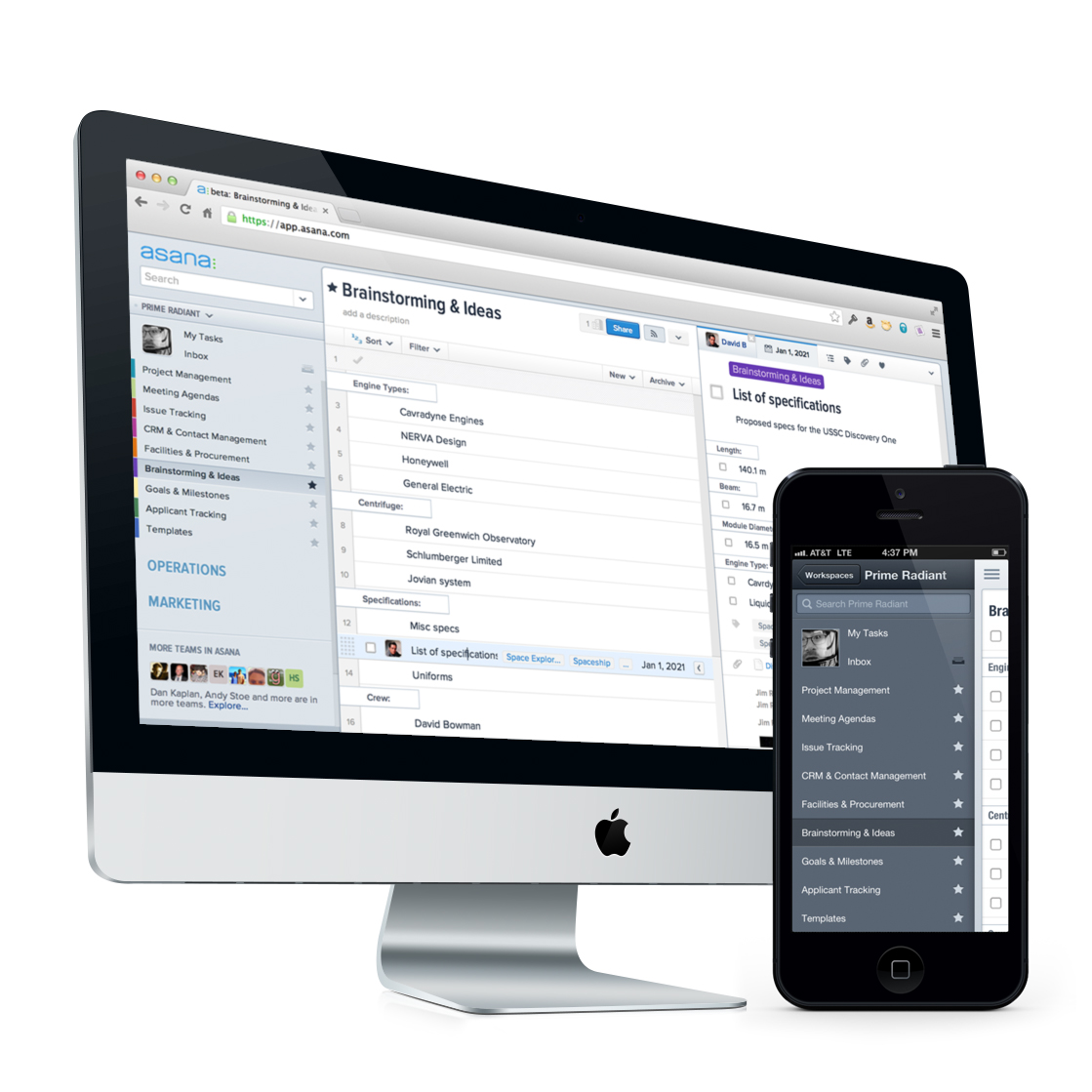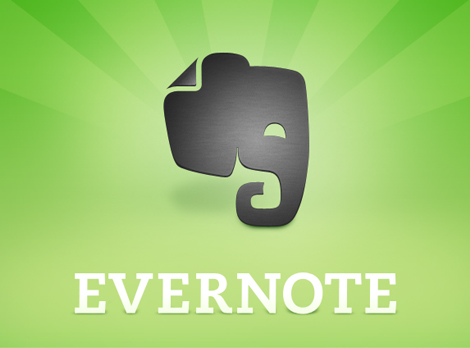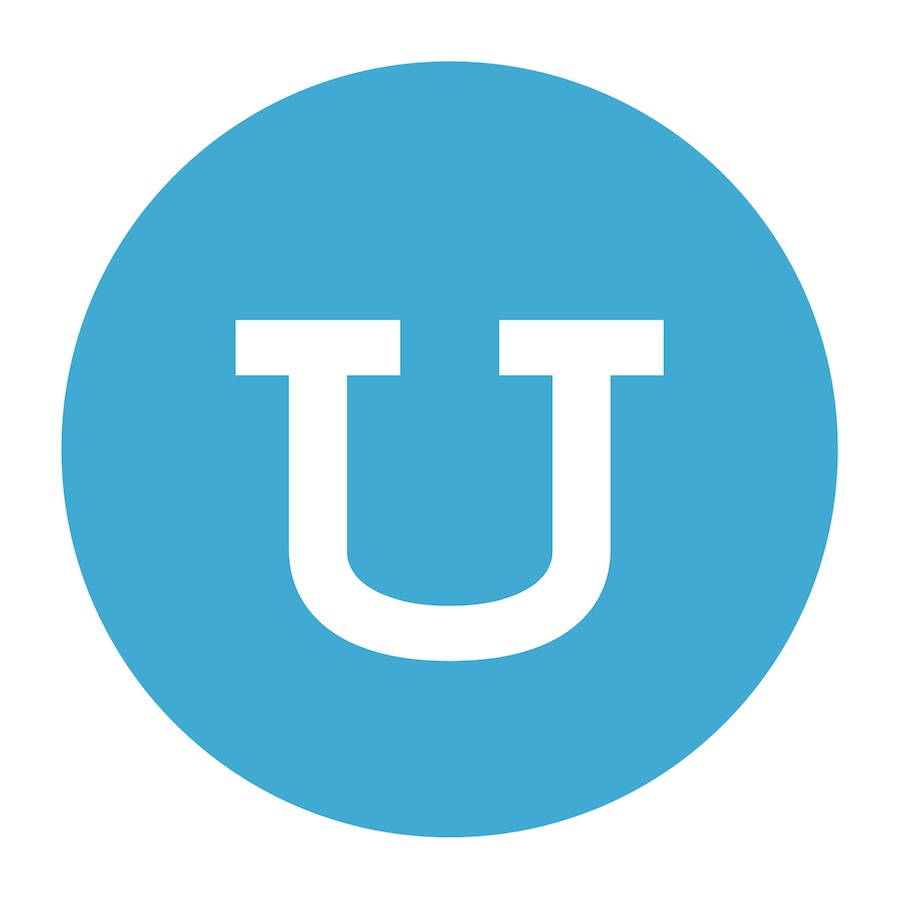Five Tools to Help You Get the Most out of Your Day
 Periodically, when I’m juggling projects between planning meetings and deadlines, (which is often) I stop and reflect on how much harder my workday would be without the plethora of online tools and apps I use on a daily basis. Most people can’t imagine what they would do without staples like email, calendars and internet access (all on their phones, of course), but for me, the technology dependency runs much deeper.
Periodically, when I’m juggling projects between planning meetings and deadlines, (which is often) I stop and reflect on how much harder my workday would be without the plethora of online tools and apps I use on a daily basis. Most people can’t imagine what they would do without staples like email, calendars and internet access (all on their phones, of course), but for me, the technology dependency runs much deeper.
On any given workday, I use roughly a dozen productivity tools as readily as I use my phone. From scheduling and budgets to notes and social media management, I can’t imagine what my day would look like without these tools (actually, yes I can, it would involve a lot of crying).
As helpful as these tools are, however, I regularly talk to folks who are still only using tried-and-true staples like email and Outlook calendars to keep their day in order. They usually tell me they’re “bad with technology” or that they fear they’ll become too dependent. Folks, that’s what people said when email and Outlook calendars where invented.
For those hesitant to adopt new tools, (or for those looking for new ones to try) I’ve put together a short list of my favorite, free and easy to learn tools that can help you get more out of your day.
There are about 1,001 reasons to use Google Chrome as your default browser, and multiple user profiles might be the most important. (Huge shout out to my colleague, Paul Balcerak, for bringing this feature to my attention.) With Chrome profiles, you can toggle between users with the single mouse click. This means you can be logged in on all your personal accounts as one user, client X as another user and client Y as another. No more logging in and out every time you need to Tweet for a client, access Google Analytics for a different client, or share that amazing gif with your friends on tumbler. Just go to the Chrome menu, click settings, then add as many user profiles as you want. Once you log in to each account on that profile (e.g., Twitter, Google, Pinterest, etc.) you’ll remain logged in when you return.
Managing projects and to-dos just got a lot easier. Asana allows you to create projects with corresponding tasks and subtasks that sync across all of your devices. You can set due dates, assign owners, attach relevant files, (no more digging through subfolders for the brief you need) and set up alerts to keep yourself on track and on time. Use it as a personal checklist, or add team members to collaborate on large projects. I’ve been using this for several months now and can’t imagine going back to paper to-do lists. Now when you write yourself a note at home, it will be on your desktop when you get to the office in the morning.
If you don’t love Evernote, chances are you’re using it wrong. That was certainly the case for me (shout out to Whitson Gordon of Lifehacker for pointing this out). The problem most people run into with Evernote is that they simply use it as a digital notebook. To really appreciate what it’s capable of (and thus get more out of your day) you really need to use it to its full potential. For example, try saving all of your meeting notes in a notebook specific to each client. You can even include photos the whiteboard from your brainstorming sessions, which is searchable thanks to Evernote’s character recognition technology (yep, you can search handwritten text). All of your notes can be tagged, sorted, amended and, most importantly, you can search everything with a few key strokes rather than rifling through your notebook or file drawers.
Bonus tip: Use the web clipper Chrome extension to save webpages to Evernote rather than bookmarking them. Now those great resources you find online are a sorted, searchable repository of brilliance.
If you still haven’t found a replacement for Google Reader, I highly recommend Feedly. Whether you want to keep up on industry news for a client, follow your favorite creative publications or just compile your favorite .gif sites, Feedly is the leanest, cleanest, meanest reader you’ll find. Just set up an account and start compiling all of your favorite sources. Feedly will pull new content in as it’s published, sort it by the topics you choose and put it in an easy to brows newsfeed. This is an especially powerful tool for community managers, as you can create a resource to stay informed and share on all of your social platforms right from the reader.
There are a lot of free conferencing services out there, but none compare to Uberconference. Think of it as conference calling for the 21st century (finally). Every call can be scheduled, managed and monitored from the web. Participants receive an invite to the call that’s automatically adjusted for their time zone, and they don’t have to use a pin to enter the conference. You can see who who joins or drops, who is talking and mute the person whose dog in the background is ruining the call. Plus, calls can be recorded and sent to the participants or saved to your Evernote account for later reference (yet another reason to use Evernote). One of the best features is the mobile app which is designed for instant conferencing. Choose the participants, hit start and the app will call everyone and place them into the conference. And just like the web version, you still have all of the visual feature and full control of the call.
Do you have a productivity tool that makes your life easier? Let us know in the comments.





